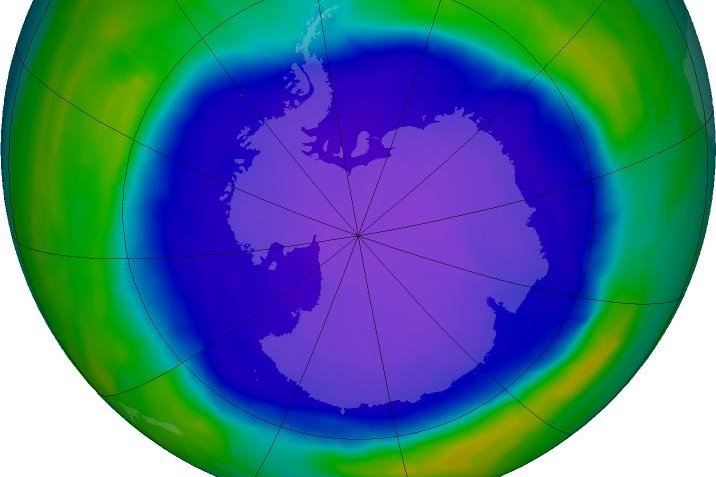GENEVA, Switzerland, Oct. 29 (UPI) -- Scientists have spotted a near-record hole in the Antarctic ozone layer.
On Thursday, the World Meteorological Organization, the UN's weather agency, blamed the larger than usual hole on "colder than usual high-altitude (stratospheric) meteorological conditions."















